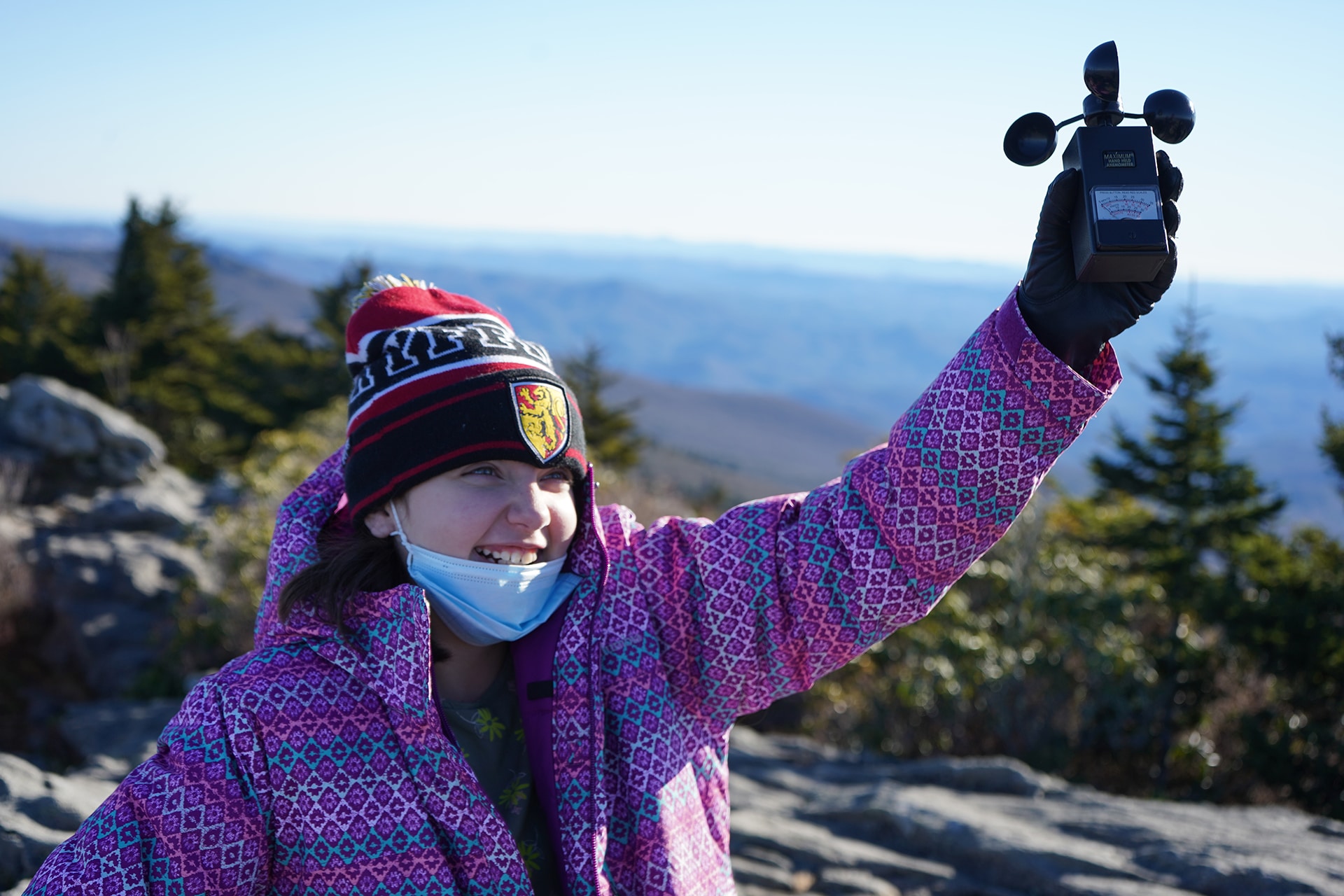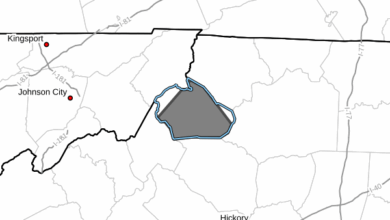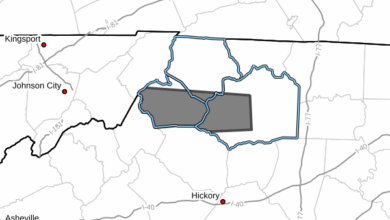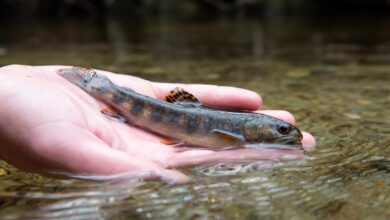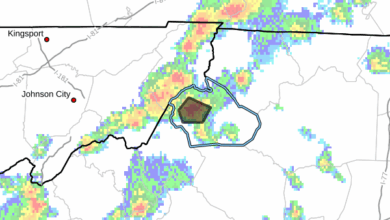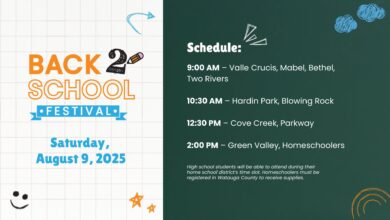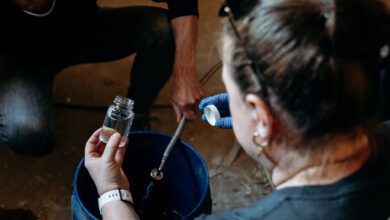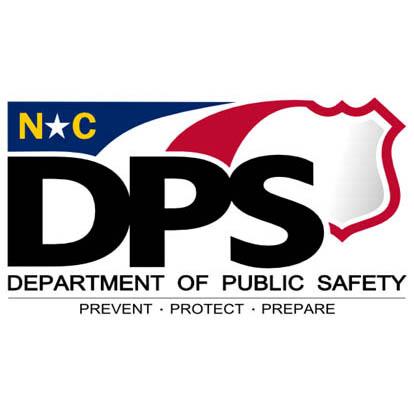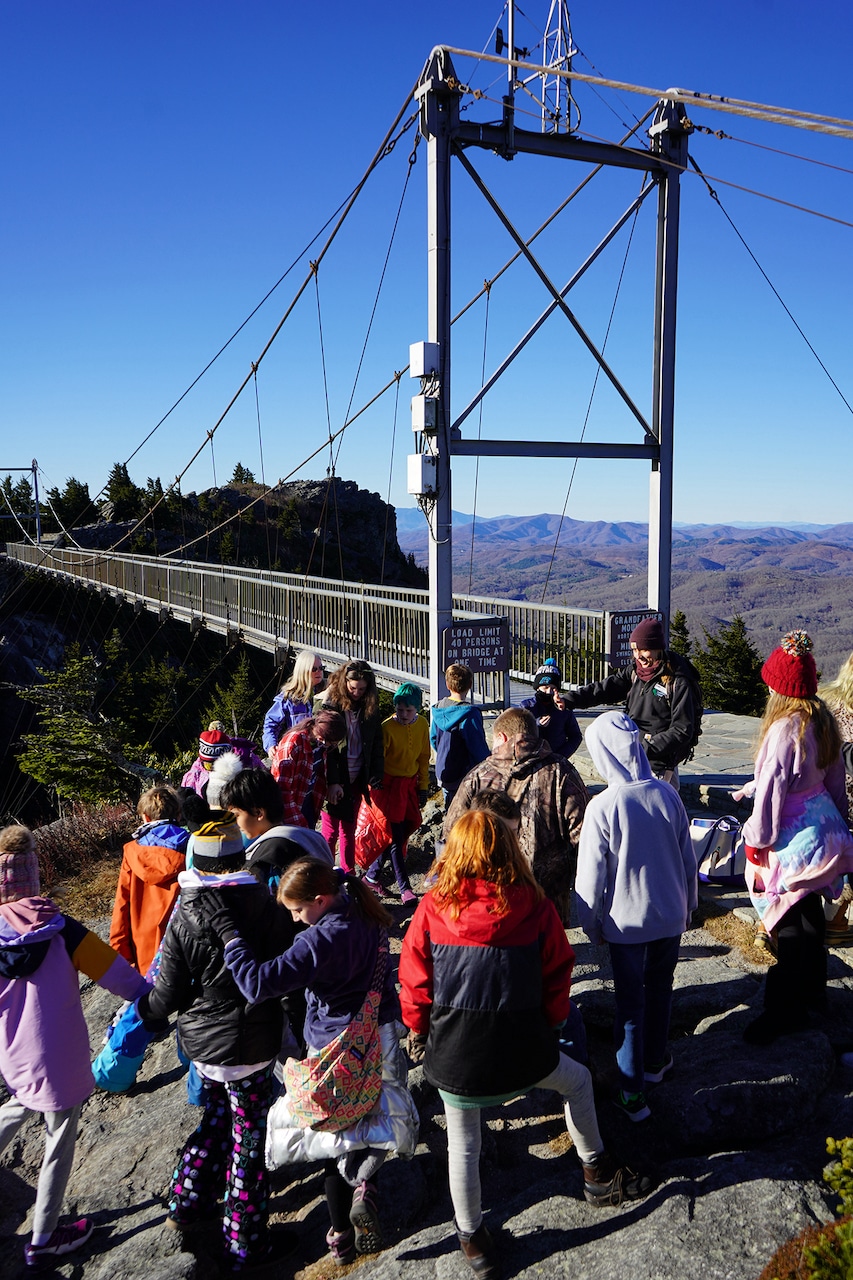
Last Updated on December 15, 2021 1:41 pm
With a stronger emphasis on science curriculum, fifth grade can be a challenging and rewarding time for students in North Carolina.
Fortunately, fifth-grade students at Banner Elk Elementary School, in Banner Elk, North Carolina, have the benefit of the Grandfather Mountain Stewardship Foundation’s Eco Watch program.
The educational outreach program puts one of the mountain’s educators in the classroom and brings the kids to the mountain itself for a unique, hands-on educational experience that goes hand-in-hand with the subjects that students are being taught for the first time.
“The goal is for the kids to make the connections between the material they are taught in the classroom and the hands-on experiences that we provide,” Cassie Petrilla, education specialist with Grandfather Mountain, said.
Eco Watch is currently in its first year of operation, thanks to a generous grant from the High Country Charitable Foundation that helped the program launch at the beginning of the school year. The Foundation is dedicated to helping people and animals in need throughout Avery County and to providing opportunities, such as this program, which would not be possible otherwise.
The students are provided six in-depth interactions with one of the mountain’s expert naturalists. The first half of these interactions focus on weather and weather patterns, data collection instruments, how to think like a scientist, how to make observations, and how weather patterns affect the students and the world around them.
Best of all, the majority of the learning takes place outside, and the curriculum, which is based on the North Carolina Standard Course of Study, is driven in large part by the students themselves, as they are encouraged to engage their intellect and ask questions about their surrounding environment.
During one of Petrilla’s first instruction sessions at Banner Elk Elementary, the students’ interest in the subject was evident as she performed an experiment to demonstrate the interaction between hot and cold air masses.
She used two samples of hot and cold water, each identified by red and blue food coloring, separated by a barrier within a small container. As Petrilla removed the barrier, the kids leaned in and watched in amazement as the two water samples remained separated, showing that the colder, blue water was in fact denser than the hot, red water. Petrilla then went on to explain how these air masses interact with larger weather phenomena, such as stationary fronts and jet streams.
“Weather, like other subjects in science, can be hard to conceptualize because you can see the effects of it, but you can’t really see the process itself,” Petrilla said. “Not all students are textbook or in-classroom learners. So, my goal is to reach all the kids, but especially the ones who are more hands-on. Often, actual learning doesn’t take place unless it is applied or properly conceptualized.”
When the students visited Grandfather Mountain for their field trip in December, they had the opportunity to conduct some experimentation themselves. As part of their visit, they recorded the daily weather reading from the National Weather Service reporting station near the Mile High Swinging Bridge. They will then use this data to make predictions and draw distinctions between weather patterns at the top of the mountain versus down the mountain at Banner Elk Elementary.
Many of the students, however, will not be completely unfamiliar with Grandfather Mountain’s weather data. Through the Community Collaborative Rain, Hail and Snow Network (CoCoRaHS), a volunteer network that collects weather data through the efforts of citizen scientists, the students have been collecting their own precipitation measurements and have been entering this data into the CoCoRaHS website.
The class is supposed to compare its weather data with other schools in the area, but there are no others participating in the project nearby. So, Banner Elk Elementary has been working with Grandfather Mountain as a potential partner in the project.
The trip also acts as a time to review the material students have learned throughout the semester. In May, the students will return once more and will be reviewing and applying what they’ve learned in relation to ecosystems and the interconnectedness of organisms in an environment.
Petrilla hopes that one day the Eco Watch program will be expanded and share the same success as the Wild Watch program, which provides similar enrichment to every first-grader in Avery County.
“Ideally, I would love Eco Watch be like Wild Watch, so that every fifth-grader in the county would have access to it,” she said. “Our work with Banner Elk Elementary this year is laying the groundwork for that expansion. We will conduct an evaluation of student learning and get input from teachers to demonstrate the impact of this hands-on science enrichment curriculum.”
While the program may be new, it is already showing signs of having a positive impact with students.
Lea Skeate, who teaches fifth grade at Banner Elk Elementary, said the experience that Eco Watch provides has effectively complemented the lessons and concepts that she teaches her students.
“The Eco Watch program engages students and gets them excited about science, because they get to go outdoors and do hands-on activities,” Skeate said. “It not only helps students learn science, but it also helps them learn to love science.”
The nonprofit Grandfather Mountain Stewardship Foundation strives to inspire conservation of the natural world by helping guests explore, understand and value the wonders of Grandfather Mountain. For more information, call 800-468-7325, or visit www.grandfather.com to book a trip.
Grandfather Mountain education specialist Cassie Petrilla explains how weather is recorded atop Grandfather Mountain to Banner Elk Elementary fifth-graders during the student’s December field trip. Photo by Frank Ruggiero | Grandfather Mountain Stewardship Foundation

Cassie Petrilla engages with fifth-grade students at Banner Elk Elementary. Photo by Luke Barber | Grandfather Mountain Stewardship Foundation
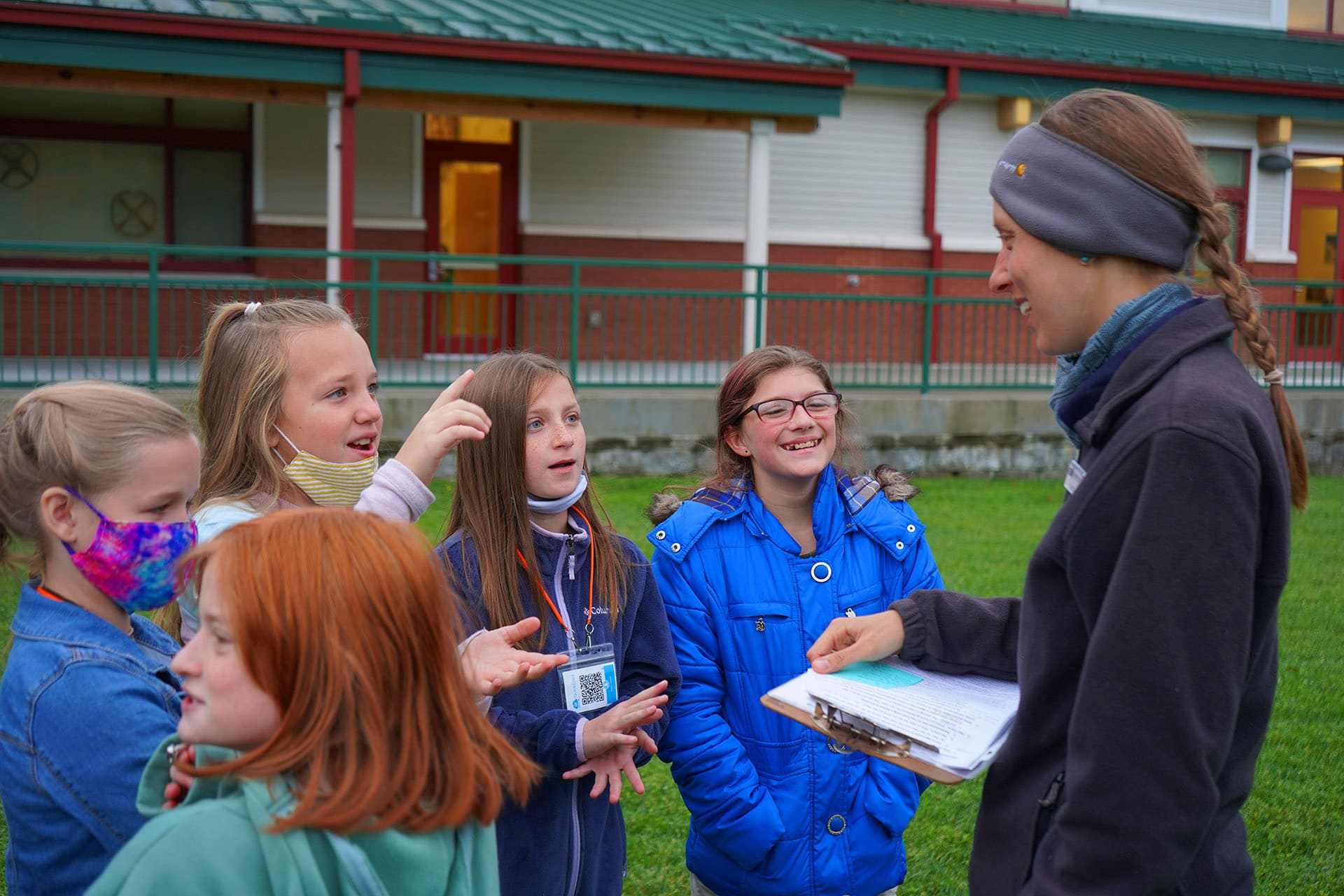
Banner Elk Elementary School students watch intently as Grandfather Mountain educator Cassie Petrilla conducts an experiment to show the difference in density between to samples of water. Photo by Luke Barber | Grandfather Mountain Stewardship Foundation
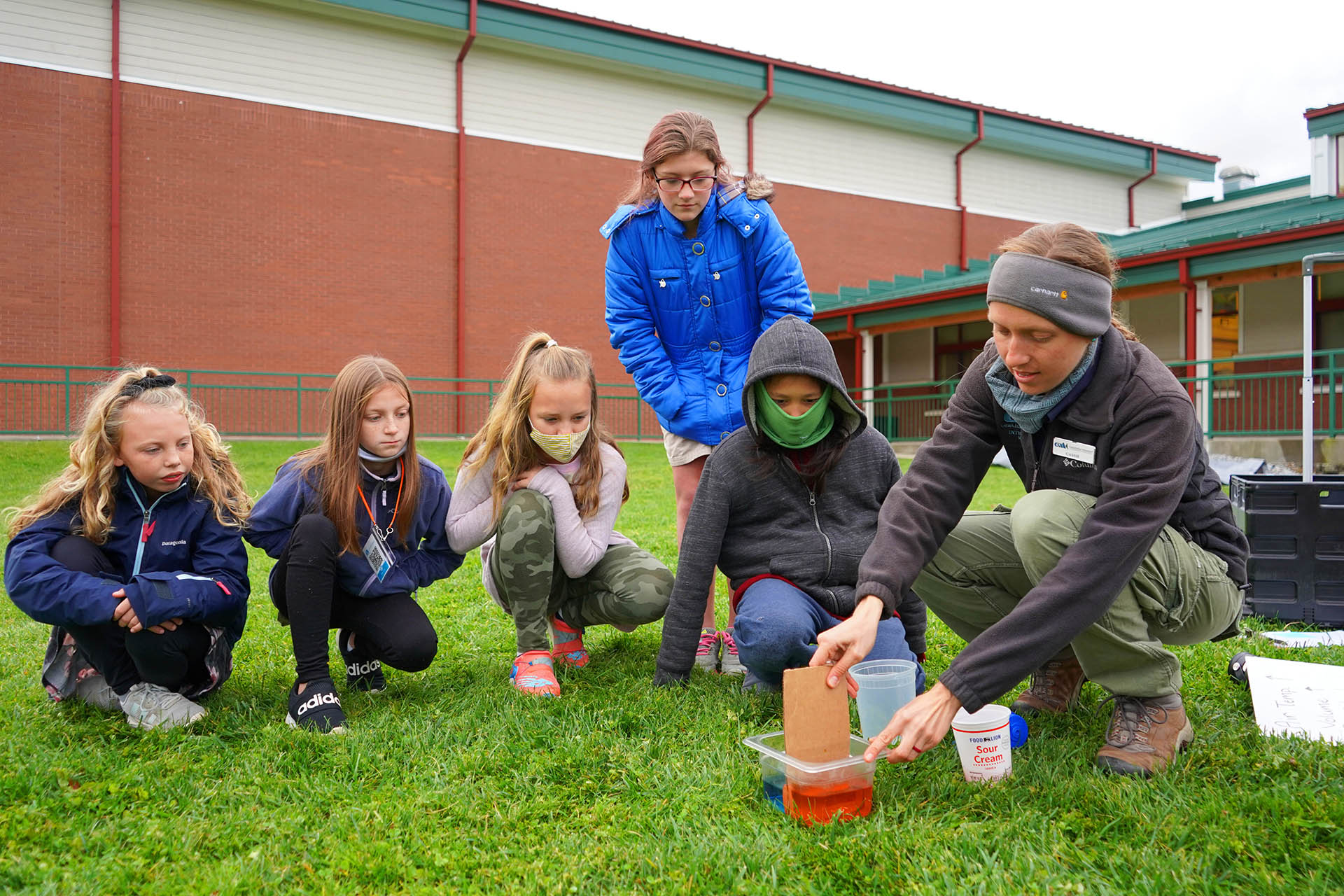
A Banner Elk Elementary fifth-grader records wind speed atop Grandfather Mountain with a handheld anemometer, as part of an EcoWatch field trip to the nonprofit nature park. Photo by Frank Ruggiero | Grandfather Mountain Stewardship Foundation
